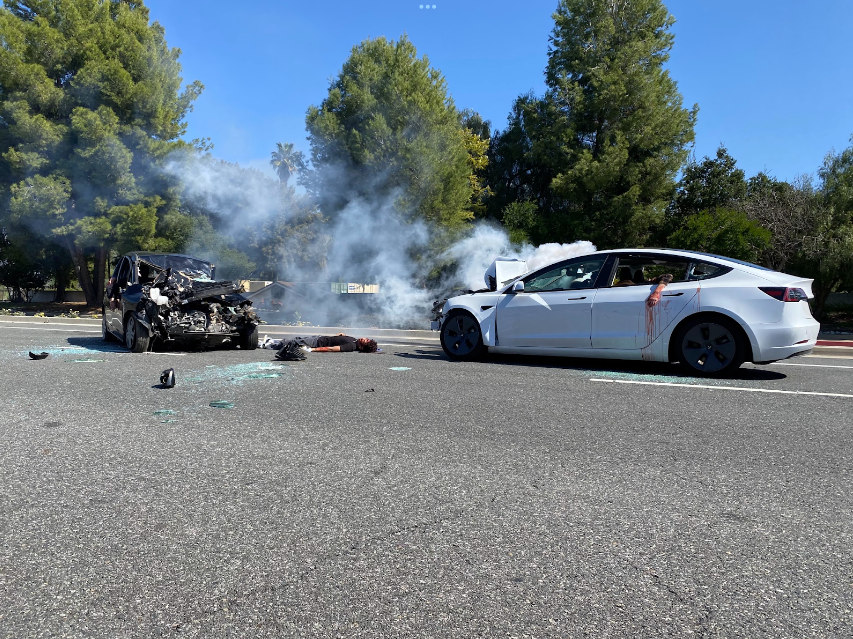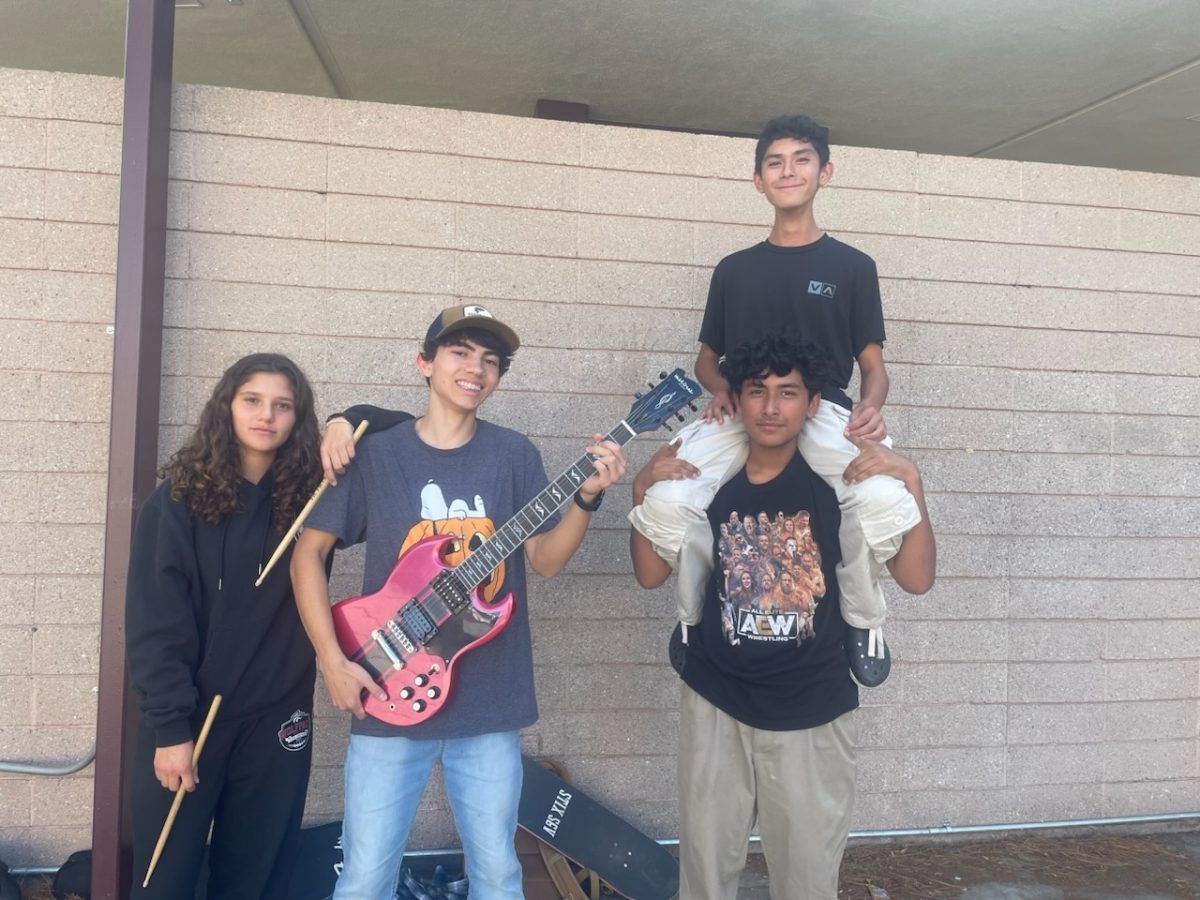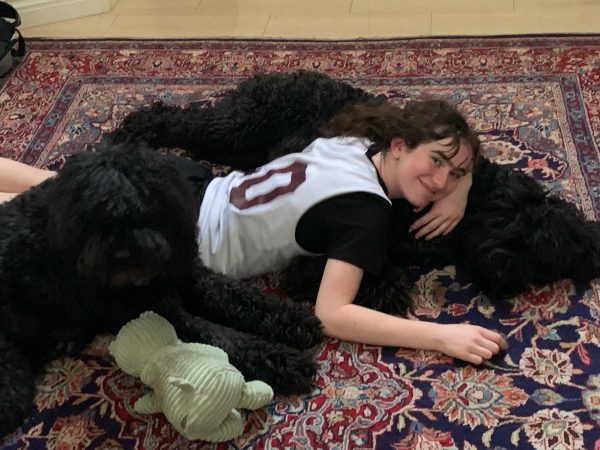A beautiful entanglement of chaos and organization settled as the participants of “Every Fifteen Minutes” (EFM) –the educational film raising awareness to the dangers and effects of impaired driving– entered the multi-purpose room. There, Advanced Video Production students transformed their peers into the ‘walking dead’, while, simultaneously, other members of the AVP crew oversaw the construction of the car simulation: setting up cameras, audio, and adding the finishing touches of blood. Every minor detail was adjusted up to the last minute as the junior and senior classes began arriving on the scene. Although onlookers, burning in the afternoon sun, only saw the finished product of the car accident scene for roughly forty minutes, the dedication and preparation that had been put into the simulation ahead of time was evident.
For weeks before the actual car accident scene, the AVP team behind EFM dedicated hours of class time to the layout of the movie, the keystone portion of the EFM program. Participants of EFM and students of AVP devoted multiple weekends, prior to the crash scene, to the creation of the party and graduation sequences. In this process, Lindsey Olivo and Louis Nolte, the directors, instructed different parties to lipsync a conversation, to chug a solo cup filled to the brim with ‘alcohol’, or, bitter sweetly don a cap and gown. Olivo described her experience as a lead creative on the project.
“I would say it felt very real like I was actually on a set,” Olivo said. “I had such an amazing cast and crew so it was pretty easy and we all got along so well and I felt more connected and united with everyone after.”
As both the Gatorade-filled shots and the camera shots were completed, the editors started preparing the skeleton of the footage awaiting the exciting and nerve-wracking day of the car simulation. Samantha Piña, one of the EFM participants got to experience the car simulation firsthand and the retreat later that evening shared her experience and opened up about the importance of such a lesson on the grand scale of life.
“I truly didn’t think it would affect me that much but once I opened my eyes and looked around, it felt real,” Piña said. “The anxiety and heartbreak from the simulation made me feel queasy for the next couple of days. Just imagine the parents and family members and how they would feel if that was their child or sibling[…] I can’t explain or put this into enough words for a little paragraph, but […] I won’t forget the feelings or emotions I had that day.”
One of the greatest challenges of being involved in Every Fifteen Minutes is the realism the program strives for. Creating feelings of uneasiness in participants and the upperclassman is the point. A lasting impression of this uneasiness could save lives catching someone before they add to the very statistic the program gets its name from; Every Fifteen Minutes.










